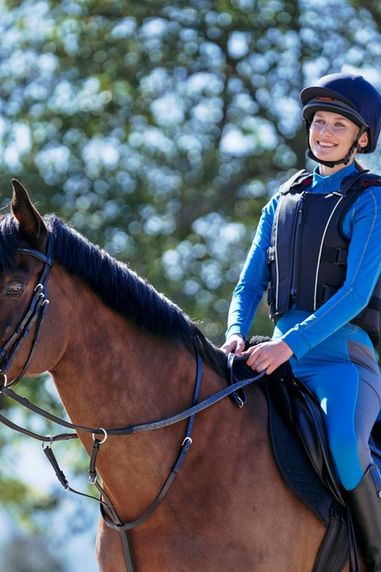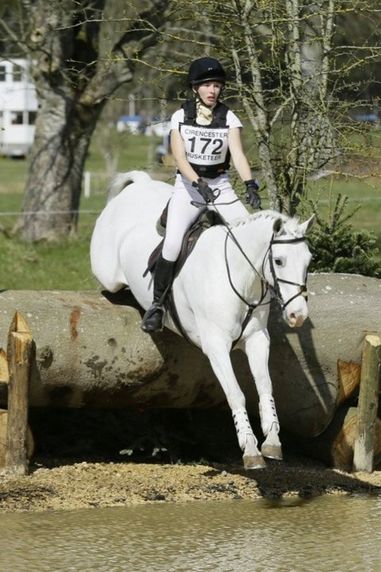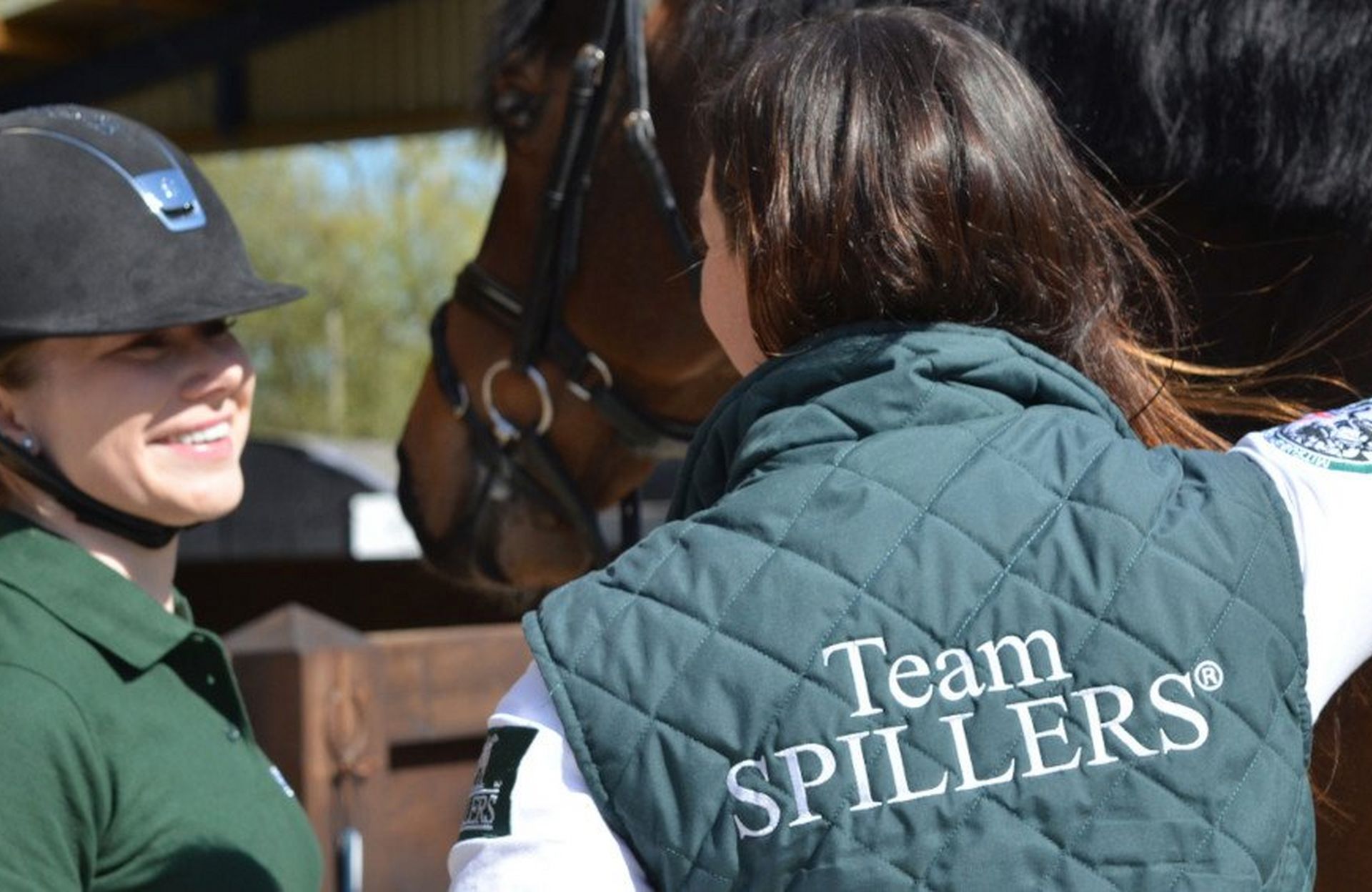
This BETA Feed Awareness Week we’re here to help you separate the wheat from the chaff, providing world class advice straight from the horses mouth (so to speak)! We’ve been talking to SPILLERS Horse Feeds who’ve been sharing their top facts, tips and myths to avoid. Take a look…
Did You Know....
Ponies living out at grass 24 hours a day can consume up to 5% of their bodyweight in grass alone. In terms of calories, this equates to around three- quarters of a bag of SPILLERS Conditioning Cubes! Not to mention, this provides them with up to 2.6kg of simple sugars!
7 Things You Need To Know About Spring Grass
For good-doers this can result in rapid weight gain, loose stool and an increased risk of laminitis. Precautions such as grazing muzzles, restricted grazing, night time turnout, soaked forage and increased work load can all be implemented as a preventative measure.
SPILLERS Myth Busting
Lite Balancers are not lower in calories.
With the exception of stud, young stock and competition balancers, the recommended amount of ‘lite’ balancer is not significantly lower in calories than any other balancer. The additional benefits of choosing a ‘lite’ balancer will vary between manufacturers so if you’re unsure, it's always better to contact their helpline for advice.
Balancers are not ‘conditioning’.
Balancers are nutrient intensive, providing vitamins, minerals and trace elements to prevent deficiencies. In general, they should be given to all horses and ponies, whether they're a lean thoroughbred or a easy keeping cob. Compared to other feeds, they're designed to be given at a low rate. There purpose isn't energy. So, they actually contribute a negligible amount of calories to your horses total diet.
Cut calories not nutrients.
SPILLERS Balancers - Cutting Calories Doesn't Have To Mean Cutting Nutrition
Just like people, horses become over weight when they're consuming more calories than they're burning off. In this scenario the temptation can be to stop giving hard feeds like balancers but the key to healthy weight loss is actually to cut calories, not nutrition!
If your horse is a good-doer forage alone may meet or exceed their energy (calorie) requirements. Unfortunately though, it’s unlikely to provide a balanced diet with appropriate levels of water, carbohydrates, proteins, vitamins, minerals, fats and oils. This can lead to poor hoof condition, a compromised immune system and poor well-being.
Unlike protein and carbohydrate rich grass, balancers provide a concentrated source of vitamins, minerals and protein but a negligible level of calories, starch and sugar. So, before you go cutting down, try soaking forage, limiting grazing or increasing workload.
Energy = calories
When it comes to equine nutrition the terminology can be confusing and complicated! One of the most common misconceptions is that calories and energy are different things. The term ‘energy’ is often associated with performance or behaviour and ‘calories’ with weight but they are exactly the same thing. Unfortunately, this means that it's impossible to find a feed that is high in energy but low in calories and vice versa. Put simply, calories is a measurement of energy. It is worth remembering though, some energy sources are slow release, great for providing more calories without a heating affect.
SPILLERS Top Tips
Starch & Cereals
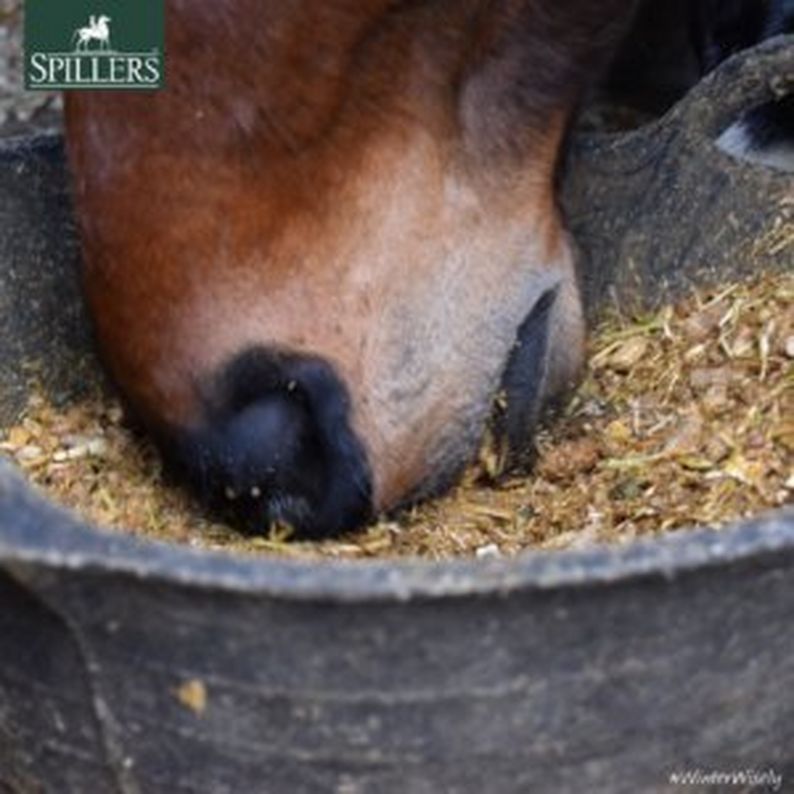
Behaviour can be affected by so many things from pain and diet to workload and management. When it comes to feed related excitability, one of the most common culprits is cereal starch. Cereal based feeds are designed to provide the short sharp burst of energy often associated with 'hot' horses. To avoid this, base as much of your horses diet around forage as possible with the addition of a feed balancer. If required, increase calories using oils as they are 2.5 times higher in energy compared to cereals but starch free.
Feed by weight not by volume.
We all know that measuring feed is really important, but does it matter if we do this by volume or by weight? Yes! A Stubbs scoop of chaff may weigh as little as 300g whilst on average, a Stubbs scoop of cubes weighs approximately 2kg! It's not possible to feed in accordance with the manufacturers recommended amounts unless each feed is weighed separately.
Always weigh sugar beet and mashes before soaking!
If your horses feed requires soaking, it can be easy to over-estimate how much you are giving. In fact, a Stubbs scoop of ‘Horse and Pony Cubes’ may be 4 times higher in energy than a scoop of soaked sugar beet! Weigh mashes dry, then add water until they are the desired consistency.
Feeding short chopped fibre extends eating time.
We all know a horse that can devour their meal in 5s flat. But horses are grazers, so this really isn't ideal! New research has shown that adding at least 15% chaff to their meals significantly extends eating time, supporting digestive health and mental well-being. When feeding a good-doer choose a low calorie, high fibre option to increase the amount of time spent chewing without expanding their waistline!
Counting droppings.
What goes in, must come out! If you're not sure what your horse weighs or their usual food intake, tracking progress day to day can be a little challenging, but there's a way! Counting droppings can be a practical way of monitoring your horses diet, SPILLERS recommend aiming to reduce the number of droppings by a third if trying to encourage weight loss (but never by more than half).
Small meals.
Given the size of a horse and the fact they're always eating, it's easy to imagine that they'd have a large stomach, but it's not the case! A horse’s stomach is small, only about the size of a rugby ball. So, feed no more than 2kg per meal for horses, less for ponies.
Tips for using weigh tape.
Weigh tapes are a great, cost effective way to keep an eye on changes to your horses weight day-to-day. In order to take effective measurements:
- Always use the same weigh tape.
- Ensure the tape is correctly positioned. It is likely that the weight tape will be on a slight angled line (/). If it is on a vertical line the tape has been positioned too far back and will give an inaccurate reading.
- Try to use your weigh tape at the same time of day as changes in gut fill can affect the result (this is why most of us like to stand on the scales first thing in the morning!).
- Make sure your horse/ pony is stood as squarely as possible on a level surface.
Don't forget, you can also track changes by monitoring their Body Condition Score (BCS).
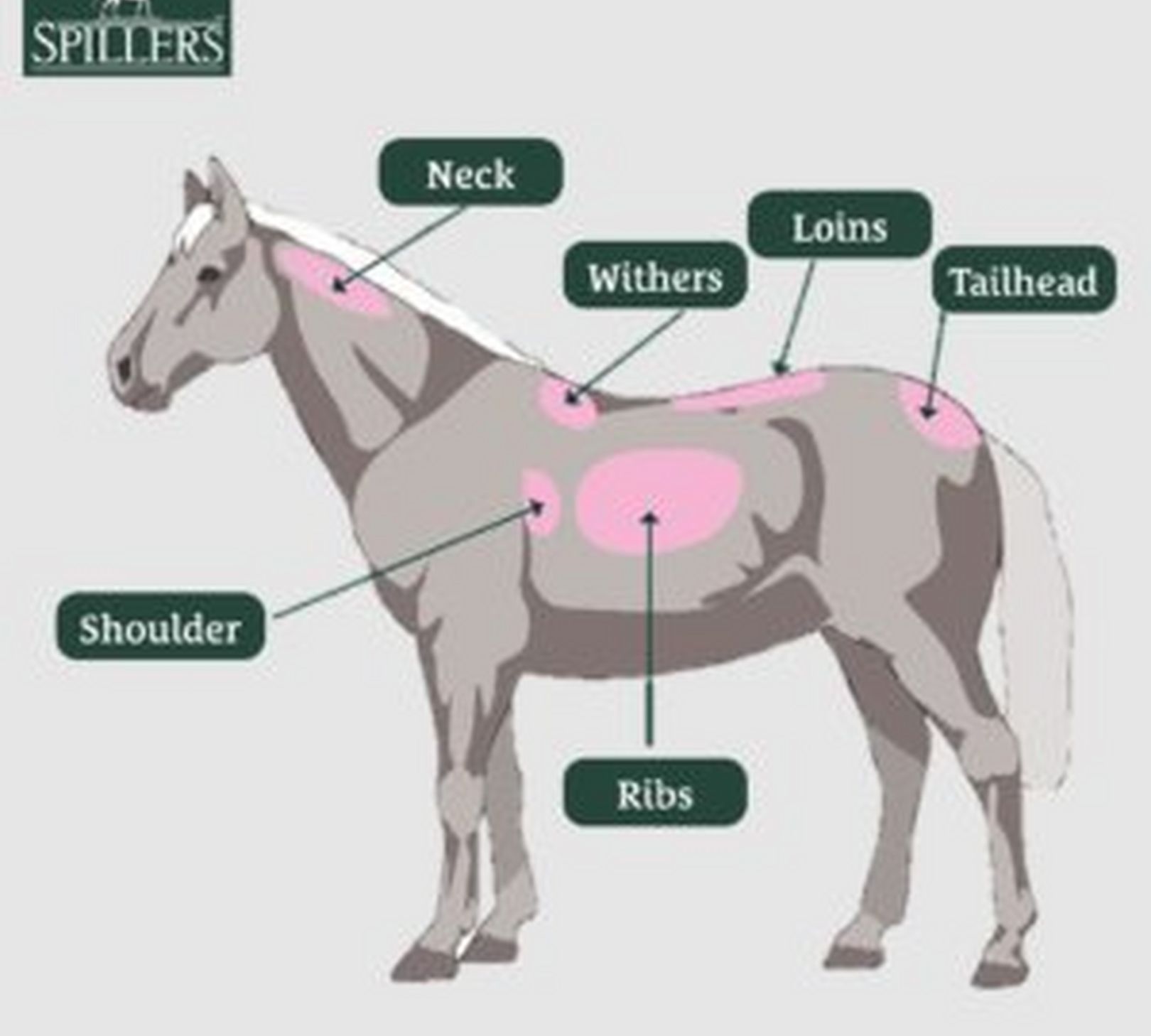
We hope that you've found this advice helpful. If you require any further information please call our customer service team on 01706 507555. Alternatively, call the SPILLERS Care-Line on 01908 22 66 26.

